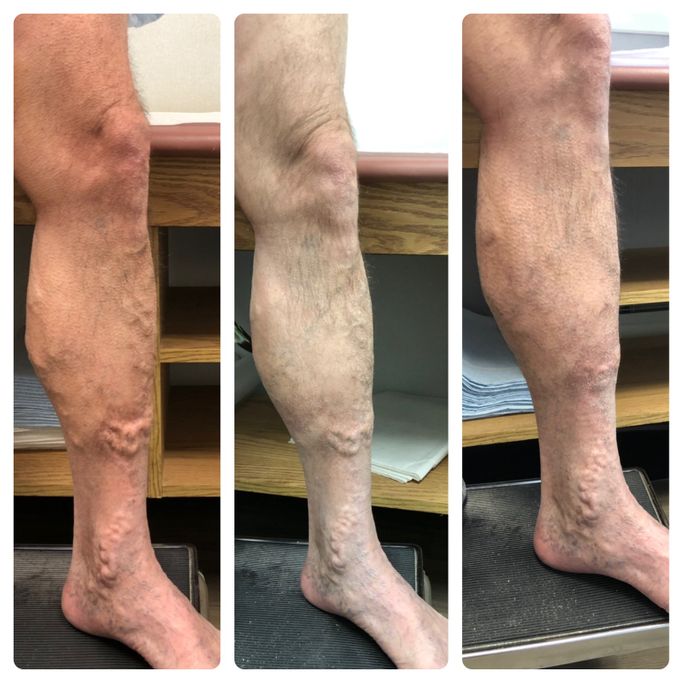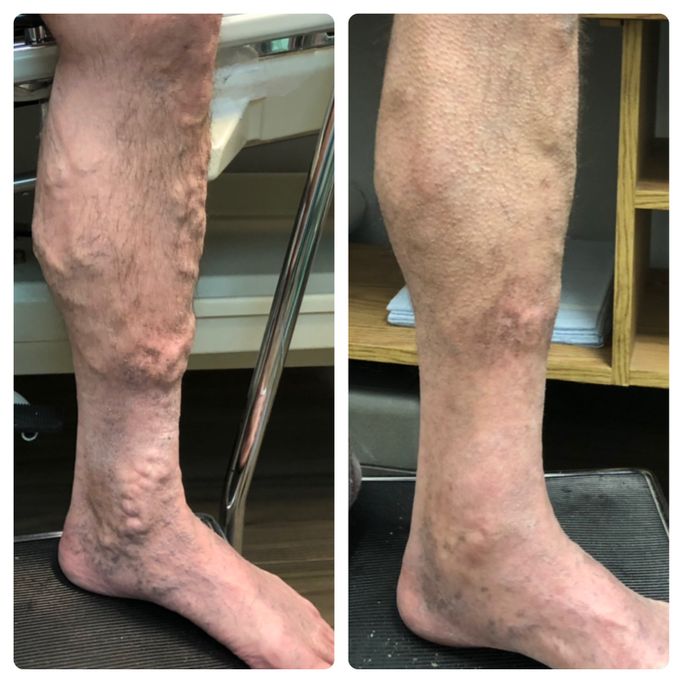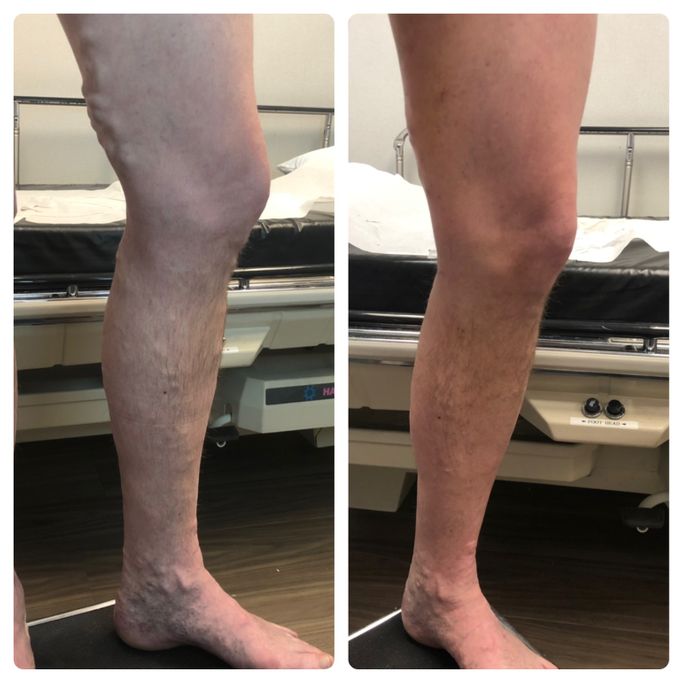VARICOSE VEINS
Varicose Veins
Varicose veins are twisted, enlarged veins. Any superficial vein may become varicosed, but the veins most commonly affected are those in your legs. That’s because standing and walking upright increases the pressure in the veins of your lower body.
For many people, varicose veins and spider veins — a common, mild variation of varicose veins — are simply a cosmetic concern. For other people, varicose veins can cause aching pain and discomfort. Sometimes varicose veins lead to more-serious problems.
Treatment may involve self-care measures or procedures by your doctor to close or remove veins.
To diagnose varicose veins, your doctor will do a physical exam, including looking at your legs while you’re standing to check for swelling. Your doctor may also ask you to describe any pain and aching in your legs.
You also may need an ultrasound test to see if the valves in your veins are functioning normally or if there’s any evidence of a blood clot. In this noninvasive test, a technician runs a small hand-held device (transducer), about the size of a bar of soap, against your skin over the area of your body being examined. The transducer transmits images of the veins in your legs to a monitor, so a technician and your doctor can see them.
Self-care — such as exercising, losing weight, not wearing tight clothes, elevating your legs, and avoiding long periods of standing or sitting — can ease pain and prevent varicose veins from getting worse.
Wearing compression stockings all day is often the first approach to try before moving on to other treatments. They steadily squeeze your legs, helping veins and leg muscles move blood more efficiently. The amount of compression varies by type and brand.
You can buy compression stockings at most pharmacies and medical supply stores. Prescription-strength stockings also are available, and are likely covered by insurance if your varicose veins are causing symptoms.
Additional treatments for more-severe varicose veins
If you don’t respond to self-care or compression stockings, or if your condition is more severe, your doctor may suggest one of these varicose vein treatments:
Varithena: Injection of a large vein with a foam solution is also a possible treatment to close a vein and seal it.
Radiofrequency Ablation: In these treatments, your doctor inserts a thin tube (catheter) into an enlarged vein and heats the tip of the catheter using either radiofrequency or laser energy. As the catheter is pulled out, the heat destroys the vein by causing it to collapse and seal shut. This procedure is the preferred treatment for larger varicose veins.
High ligation and vein stripping. This procedure involves tying off a vein before it joins a deep vein and removing the vein through small incisions. This is an outpatient procedure for most people. Removing the vein won’t adversely affect circulation in your leg because veins deeper in the leg take care of the larger volumes of blood.
Microphlebectomy : Your doctor removes smaller varicose veins through a series of tiny skin punctures. Only the parts of your leg that are being pricked are numbed in this outpatient procedure. Scarring is generally minimal.
Before and After Treatment
Have a Question?
Contact
518-562-7557
cvvascular@outlook.com



